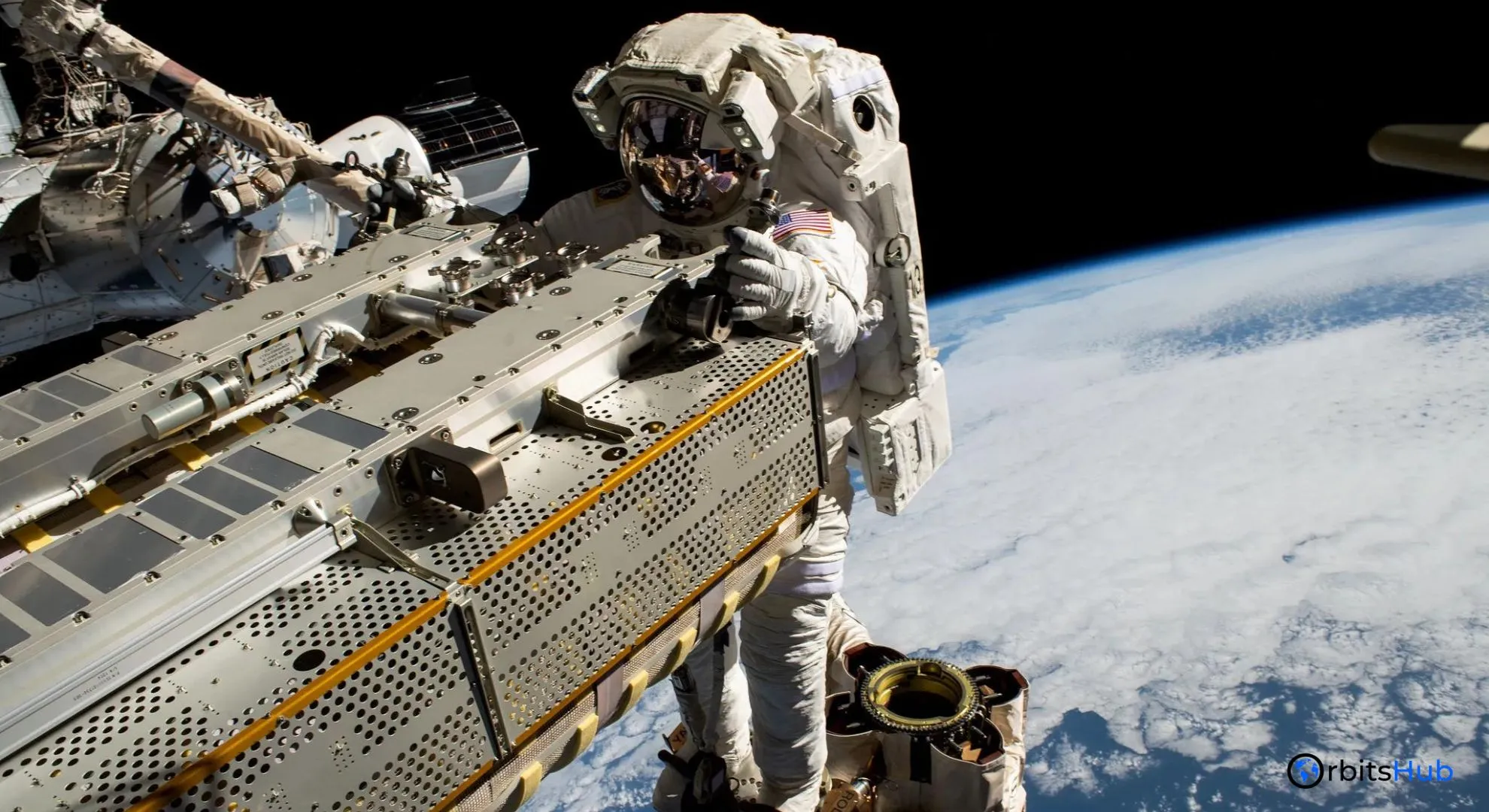NASA Milestone Spacewalk 90,NASA, International Space Station, U.S. Spacewalk 90, space exploration, astronaut activities, space technology
Discover the intricacies and significance of NASA’s 90th U.S. spacewalk at the International Space Station, featuring astronauts Dyson and Dominick. This comprehensive guide covers the goals, technological advancements, and future implications of this historic event

Introduction
NASA’s 90th U.S. spacewalk at the International Space Station (ISS), set for June 13, 2024, marks a significant milestone in space exploration. Astronauts Dyson and Dominick are scheduled to undertake critical tasks outside the station, highlighting NASA’s commitment to advancing space technology and research.
Objectives of Spacewalk 90
The primary objectives of this spacewalk include maintenance and upgrades of the ISS infrastructure. Specific tasks are often aimed at installing or repairing equipment essential for the ongoing functionality and safety of the station, though exact details vary per mission.
Technological Implications
Spacewalks like these are not only pivotal for the maintenance of the ISS but also serve as testing grounds for technologies that could be used in future missions to the Moon, Mars, and beyond. The technologies tested could range from new spacesuit designs to robotic tools that assist astronauts in their tasks.
Training and Preparation
The astronauts undergo rigorous training in simulated environments that mimic the conditions of space. This preparation is crucial for the success of the spacewalk, ensuring that they can manage the unique challenges posed by the microgravity environment.
Broadcast and Coverage
NASA provides extensive coverage of these events, allowing the public to watch live as astronauts perform their tasks outside the ISS. This transparency not only promotes educational outreach but also increases public engagement with space science.
Future Spacewalks and Missions
Each spacewalk provides valuable lessons that inform future missions. As NASA continues to prepare for more ambitious journeys, the insights gained from Spacewalk 90 will undoubtedly contribute to safer and more efficient operations.
The Significance of the 90th U.S. Spacewalk
The 90th U.S. spacewalk at the International Space Station (ISS) is not merely a routine maintenance event; it is a demonstration of human resilience and ingenuity in the face of the vast unknown. Each spacewalk is a critical mission that ensures the continued success and viability of the ISS as a hub for international scientific collaboration and research. The technological enhancements and repairs conducted during these spacewalks directly impact numerous experiments aboard the ISS, ranging from biological sciences to meteorology.
Scientific Experiments and Impact
The ISS serves as a unique laboratory for scientific discoveries that are not possible on Earth. The microgravity environment provides a critical platform for experiments in physics, chemistry, and biology. The outcomes of these experiments have potential implications for medical and technological advancements on Earth. For instance, studies conducted in space have contributed to better understanding of muscle atrophy and bone loss, leading to improved treatments for osteoporosis and muscular diseases on Earth.
The Role of Robotics in Spacewalks
One of the focal points of Spacewalk 90 could include the integration and maintenance of robotic systems that play a crucial role in the operation of the ISS. NASA’s Robotic Refueling Mission (RRM), for instance, demonstrates the use of robots in performing complex tasks, which were traditionally executed by astronauts during spacewalks. These advancements in robotics not only enhance the efficiency of space operations but also reduce the risks to human life by minimizing the need for astronauts to perform dangerous extravehicular activities.
Challenges and Risks Involved
Despite the routine nature of spacewalks, each event carries significant risks. The hostile environment of space exposes astronauts to extreme conditions, including severe temperature fluctuations and radiation. Furthermore, the precise tasks required during a spacewalk, such as manipulating small tools and components while wearing bulky spacesuits, add to the complexity of the mission. The meticulous planning and execution of these spacewalks underscore the critical importance of astronaut training and the robustness of the technology used.
Public Engagement and Educational Outreach
NASA’s live coverage of spacewalks serves not only to inform but also to inspire the next generation of scientists, engineers, and astronauts. These broadcasts provide an unparalleled look into the day-to-day operations that keep the ISS functioning and push the boundaries of human space exploration. Educational programs and resources linked to these spacewalks help demystify space technology, making it more accessible to students and educators worldwide, and fostering a public understanding of space science.
Looking Toward the Future
As NASA continues to gear up for future missions to the Moon and Mars, each spacewalk at the ISS provides critical data and experience that shape the planning and technologies for these future endeavors. The lessons learned from managing life support systems, maintaining spacecraft integrity, and executing complex tasks in space directly inform the strategies for longer and more distant missions in the harsh environments of other planets.
Conclusion
Spacewalk 90 is not just a routine operation but a testament to human ingenuity and the relentless pursuit of knowledge. As astronauts Dyson and Dominick step out into the cosmos, they carry on their shoulders the hopes of future interstellar exploration.
Read More-
- NASA Awards Cutting-Edge Technologies for Future Habitable Worlds Mission
- NASA PREFIRE Mission: Tiny Satellites Measuring Earth Polar Heat Loss
- Boeing and NASA Proceed with Starliner Launch Despite Helium Leak
- NASA Launches Tiny CubeSat to Revolutionize Earth Observation










